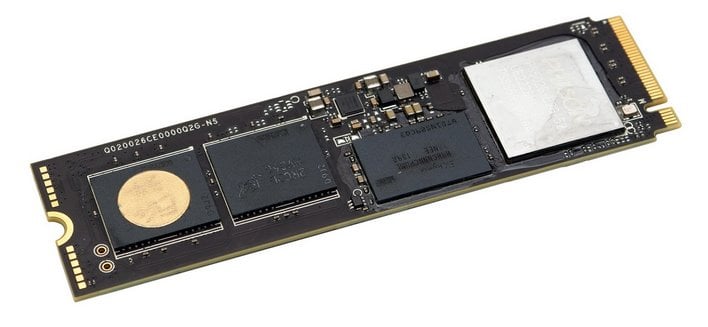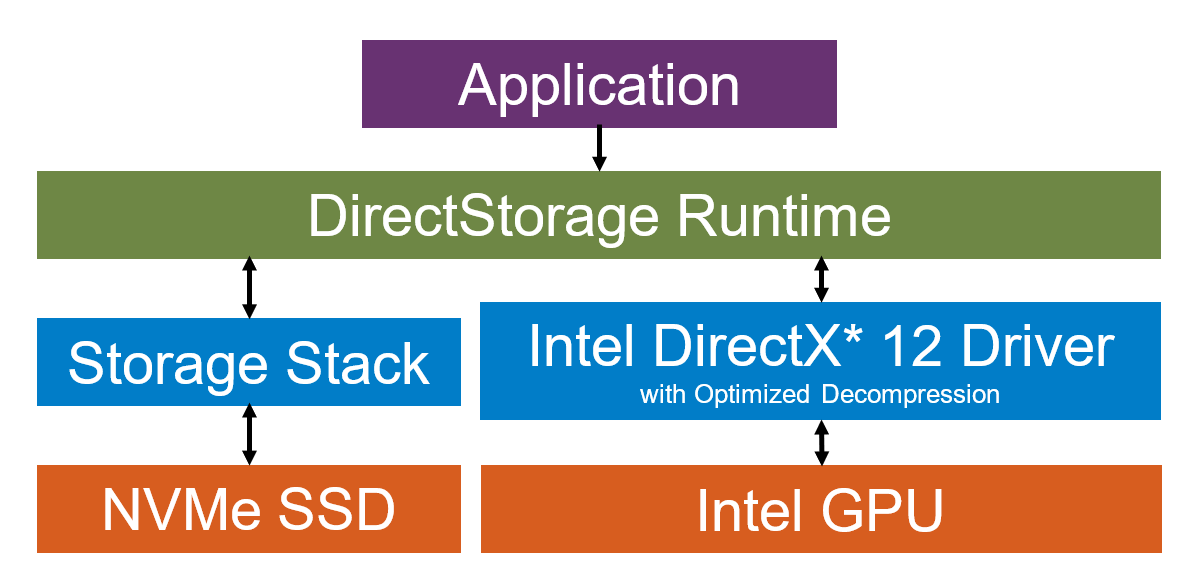No fan but it has a big heatsink and a vapour chamber plate that sits between the ssd and the heatsink
At the end of the day, first generation gen5 drives have double the power consumption of gen4 so they need significantly better cooling to keep temps under control of you want to be able to sustain the read and write speed. Direct Storage is known to be very heavy on the drive and it will make drives throttle that can't keep up
First generation Gen5 SSDs have double power consumption of Gen4???

I only see 1 result of power consumption from Phison E26 ES so far as Samsung, Western Digital, ADATA and Crucial did not have PCIE5 SSDs out to test yet so it impossible to find if their PCIE5 SSD have double power consumption over their old PCIE4 SSDs.
Not maximum power consumption accorded to tomshardware preview 50GB file folder copy benchmark, the chart showed PCIE5 Phison E26 2TB ES used 11.41W but the first directstorage PCIE4 SSD Sabrent Rocket 4 Plus-G 2TB used 9.42W, that 2.1W more than PCIE4 with Phison E18 controller so it not double power consumption.
The fastest drives are just around the corner

www.tomshardware.com
Tomshardware tested 8 SSDs on 50GB file folder copy benchmark showed average and maximum power consumption.
Acer Predator GM7000 2TB 3.62-7.02W
Solidigm P44 Pro 2TB - Solidigm Driver 3.97-5.97W
Samsung 990 Pro 2TB - Full Power Mode 4.03-5.92W
WD Black SN850X 2TB - Game Mode Off 4.07-6.83W
Adata Legend 960 2TB 4.36-8.28W
Sabrent Rocket 4 Plus-G 2TB 4.87-8.91W
Kingston Fury Renegade 2TB 4.92-9.42W
Phison P55026-E26 2TB ES 6.99-11.41W
DirectStorage games probably have same maximum power consumption as above 50GB file folder copy benchmark.
HotHardware tested directstorage BulkLoadDemo with Phison P55026-E26 2TB ES showed 5.5GB loaded in 0.37 sec used 14.98GB bandwidth!
Here's a taste of the Phison E26 controller that will power many new high-performance PCIe 5 Solid State Drives, and yes it's a real speedster.

hothardware.com
Very poor result for PCIE5, that did not looked very impressed for PCIE5 on AMD Ryzen 9 7950X CPU, RTX 3080 and Asus ROG CrossHair X670E Hero motherboard.
I already saw some very impressed results for PCIE4.
6.08GB loaded in 0.40 sec used 15.38GB bandwidth on 13700KF CPU, RTX 4090 and ASUS ROG Strix Z690 motherboard
10.06% CPU usage? Not very good with Ryzen 7950X CPU. Guess AMD Ryzen CPUs are terrible at DirectStorage because of high CPU usage. it seemed old Intel CPUs like my 8700K will be very good at DirectStorage with around 2.5% CPU usage but bandwidth not great because m2 slots all running on PCI...

forums.overclockers.co.uk
8.68GB loaded in 0.48 sec used 17.93GB bandwidth on 13700K CPU, RTX 3090, Samsung 980 Pro and ASUS ROG Strix Z690 motherboard
What else is needed in addition to your file to run the benchmark? Might give it a whirl tomorrow :) No need in addition file to run the benchmark. Just click BulkLoadDemo.exe to run the benchmark that will do default GPU decompression. If you want to see CPU decompression instead, click on...

forums.overclockers.co.uk
9.14GB loaded in 0.42 sec used 21.67GB bandwidth on 12900K CPU, ARC A770 16GB, Samsung 980 Pro 1TB and ASUS ROG Strix Z690 motherboard
DirectStorage on Intel GPUs

www.intel.com
2 weeks ago I watched Compusemble on youtube tested directstorage BulkLoadDemo benchmarks on Sabrent Rocket 4 Plus-G to compared to other SSDs brands showed 6.69GB loaded in 0.37 sec used 18.24GB bandwidth on Ryzen 7 7700X CPU, RTX 3080 Ti and ASUS ROG STRIX B650E-F GAMING WiFi motherboard. Very impressed better result than awful PCIE5 result from HotHardware. Directstorage Expanse benchmark showed read bandwidth 6899.7MB/s on Sabrent Rocket 4 Plus-G while WD Black SN850X not far behind at 6071.8MB/s.
I read comments found something really interesting, Compusemble confirmed Samsung 990 Pro and WD Black SN850X already has DirectStorage optimizations like Phison IO+ Technology firmware on Sabrent Rocket 4 Plus-G.
 Compusemble 2 weeks ago (edited)
Compusemble 2 weeks ago (edited)
No, it's a test to see how it performs in DirectStorage workloads. I will be testing the Samsung 990 Pro soon, too, which also has DirectStorage optimizations like the Sabrent and WD do.
5 days ago Compusemble tested Samsung 990 Pro on directstorage BulkLoadDemo showed it loaded 6.69GB in 0.39 sec used 17.16GB bandwidth which is impressed but it peformed very poorly on directstorage Expanse demo showed it read 4685.2MB/s, far much lower than 6899.7MB/s on Sabrent Rocket 4 Plus-G and 6071.8MB/s on WD Black SN850X.
3 days ago Comusemble tested Phison E26 PCIE5 SSD but it did not showed recorded benchmarks but only just charts, Expanse benchmark showed Phison E26 PCIE5 used 7641MB/s, Sabrent Rocket 4 Plus-G used 7003MB/s, WD Black SN850X used 6311MB/s and Samsung 990 Pro still performed poorly 4698MB/s bandwidth. Phison E26 PCIE5 is very close to E18 PCIE4 in Expanse benchmark, not impressed.
When Forspoken released on 24 January 2023, Compusemble confirmed he will tested Forspoken to benchmark compared directstorage performance on Phison E26 PCIE5 SSD, Sabrent Rocket 4 Plus-G, Samsung 990 Pro, WD Black SN850X PCIE4 SSDs and Adata XPG SX8200 Pro PCIE3 SSD.


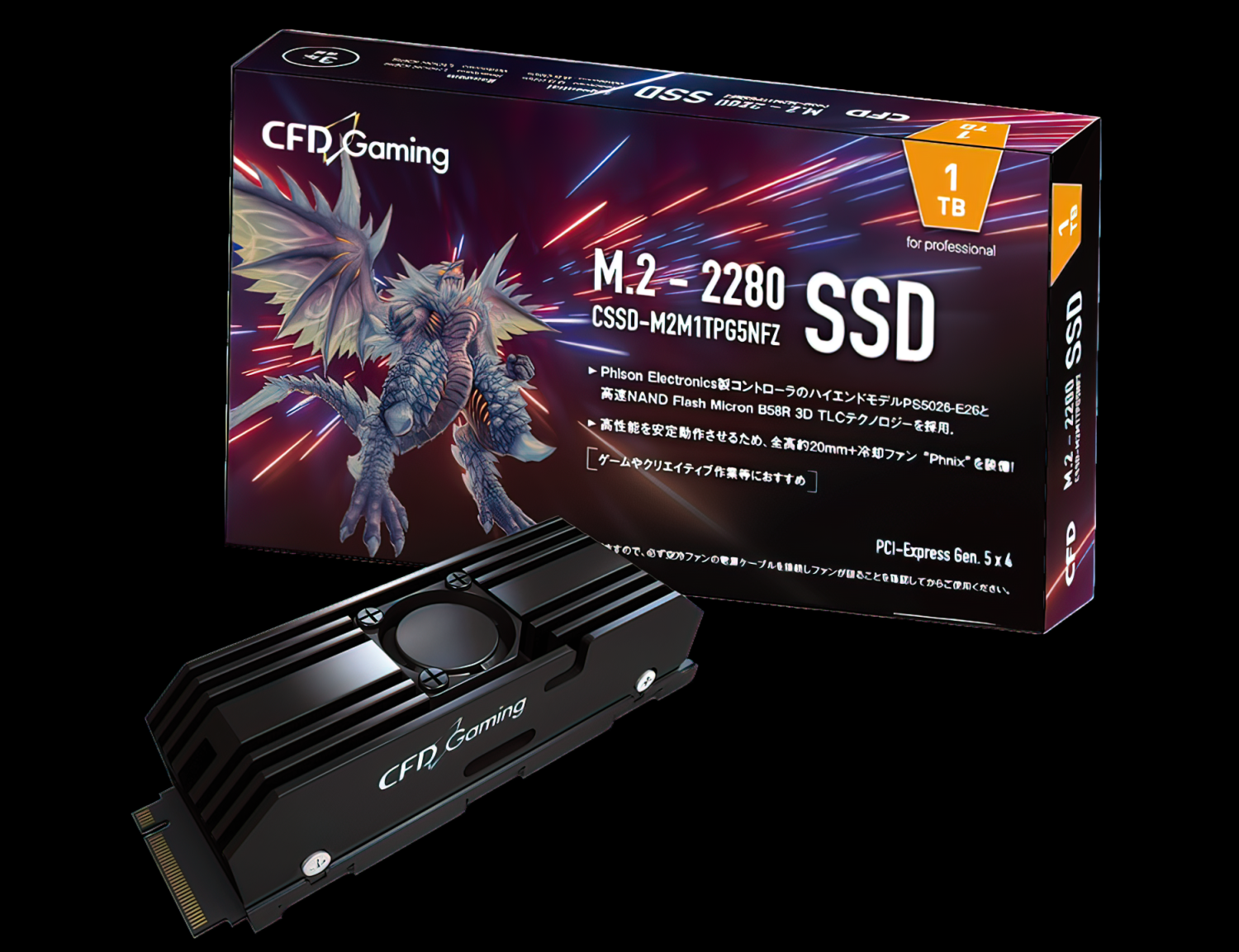
 Unbelievable tech news websites still mentioned Kakaku as Japanese retailer.
Unbelievable tech news websites still mentioned Kakaku as Japanese retailer. 

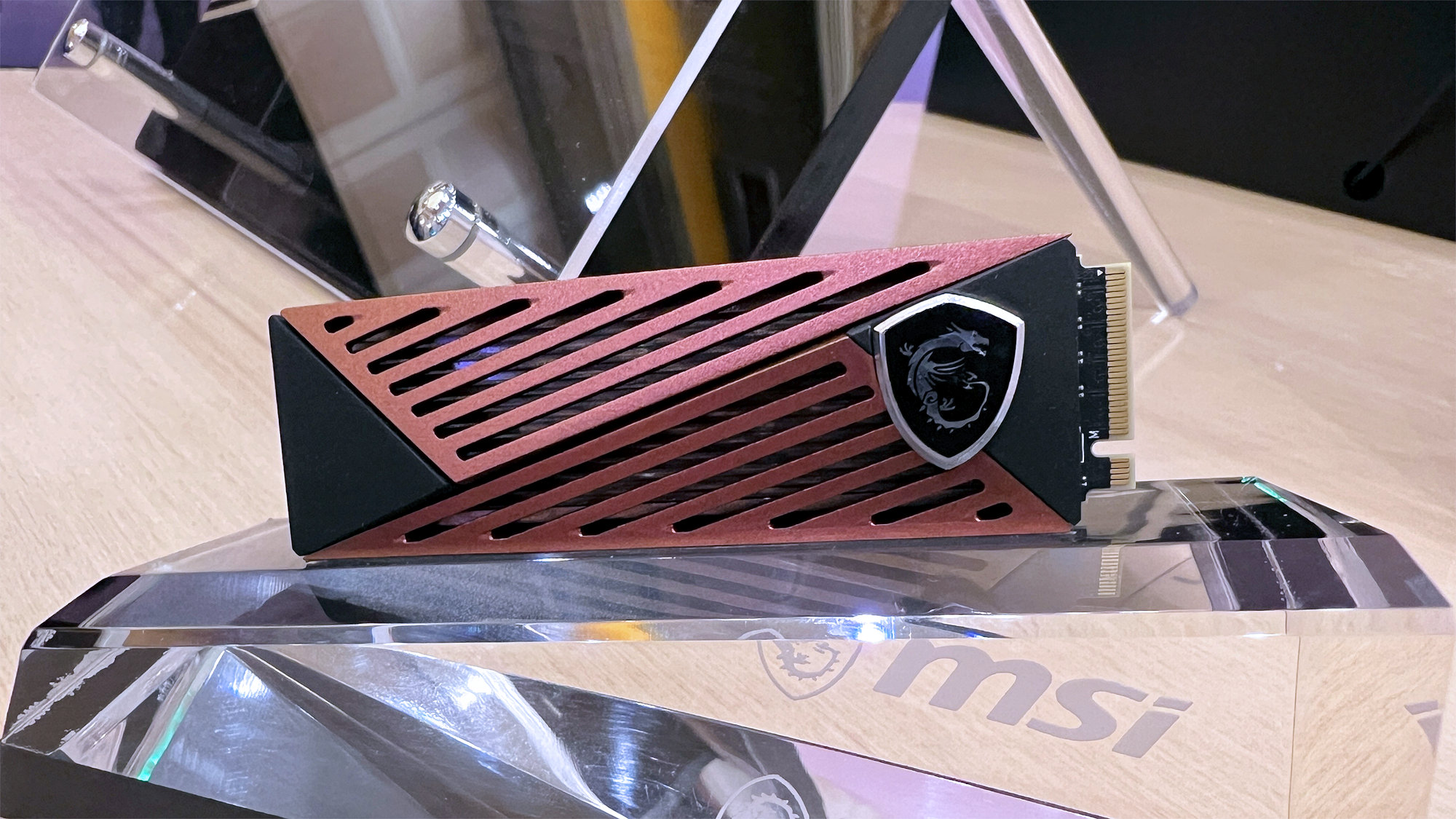
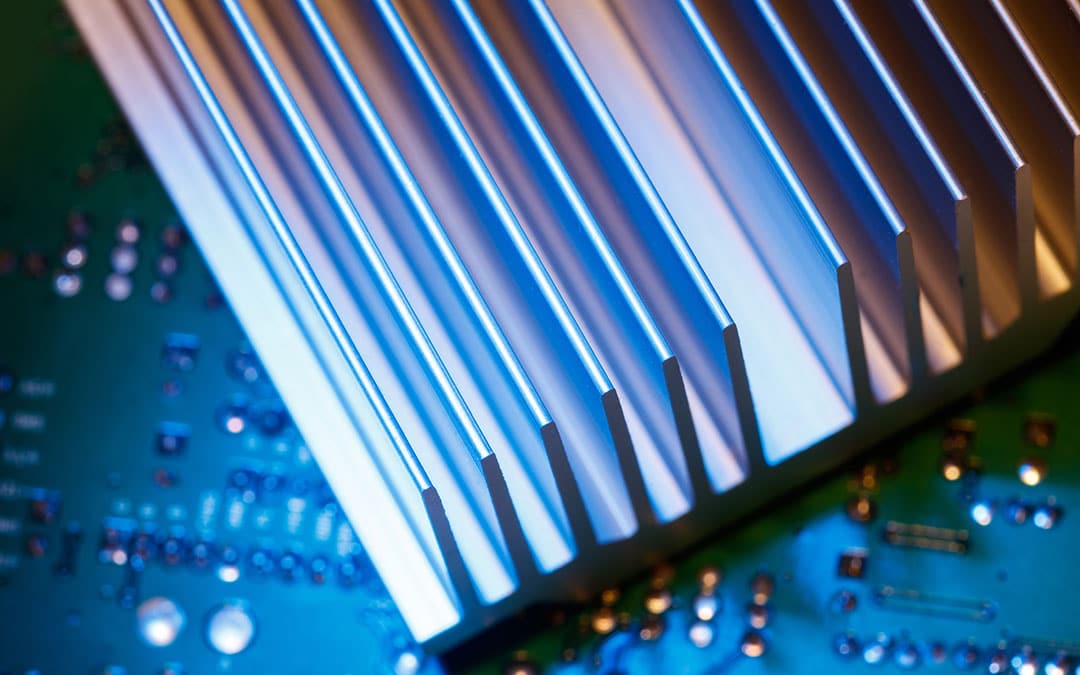
 I only see 1 result of power consumption from Phison E26 ES so far as Samsung, Western Digital, ADATA and Crucial did not have PCIE5 SSDs out to test yet so it impossible to find if their PCIE5 SSD have double power consumption over their old PCIE4 SSDs.
I only see 1 result of power consumption from Phison E26 ES so far as Samsung, Western Digital, ADATA and Crucial did not have PCIE5 SSDs out to test yet so it impossible to find if their PCIE5 SSD have double power consumption over their old PCIE4 SSDs.